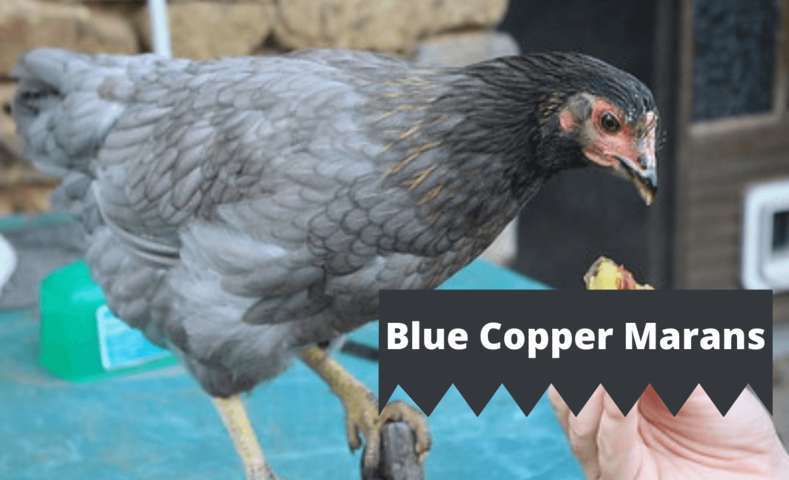Are you looking for a chicken that lays big, dark chocolate brown eggs? If so, the Blue Copper Marans chicken may be the right breed for you. This French heritage breed is known for its unique coloring and egg-laying abilities.
Keep reading to learn more about the Blue Copper Marans chicken and whether it might be the right breed for your flock!
History of Marans Chickens
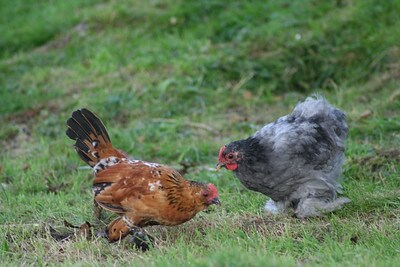
The Blue Copper Marans chicken is a breed developed in the town of Marans, France. According to a French Marans website, Blue Copper Marans have been around as long as Black Copper Marans. You can raise the Blue and Black Copper Marans together and still get purebred on each breed. This is an advantage of raising two birds together.
In the 1930s, Blue Copper Marans were introduced to England. Although it is not clear if this breed was available in the United States after 2000, today, it is recognized by the American Poultry Association. Similar to other chickens, their purpose is for their meat and eggs.
Due to its origin in a French town, the word “Marans” must be spelled in the plural and capitalized. So, referring to a single chicken as a Maran is grammarly incorrect.
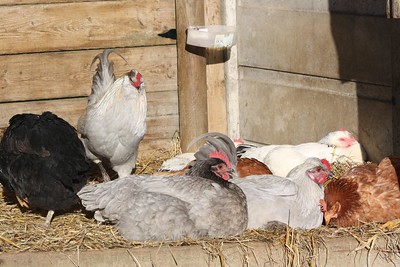
Physical Features
One of the unique things about Marans is their feathered feet. This breed has a type of feathering typically found in game birds. The feathers have little fluff and are stiff and short. Blue Marans have rose comb and wattles, which are reddish in color, dark brown eyes, and yellow skin.
Blue Copper Marans are medium to large chickens, typically weighing 7 lbs. for adult and fully grown ones. The head and hackles are coppery in color, while the rest of their bodies are blue.
Unlike Fench MMarans, which have feathered feet and toes, English Marans are barefoot and clean-legged.
The most common variety of Maran chicken is the Blue and Black Copper Marans, which is what most people think of when they hear about this breed. However, there are several other varieties, including:
- Cuckoo Marans
- Silver Cuckoo Marans
- Wheaten Marans
- White Marans
- Ginger red Marans
- Brown Marans
- Birchen Marans00
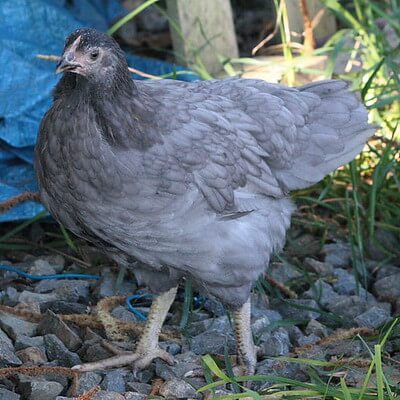
Personality and Temperament of Blue Copper Marans
Some chicken powers consider Marans chickens as the most docile, cleanest, and easy-to-handle breed. They are not dominant even when integrated with a batch of younger birds. They also start going into nesting boxes early to get ahead.
Blue Copper Marans are considered to be one of the friendliest chicken breeds. They are a hardy breed that does well in most climates and is not considered particularly broody. They are good foragers, calm and gentle.
Overall, this breed, regardless of variety, is a great backyard chicken and a wonderful backyard pet for beginner chicken keepers.
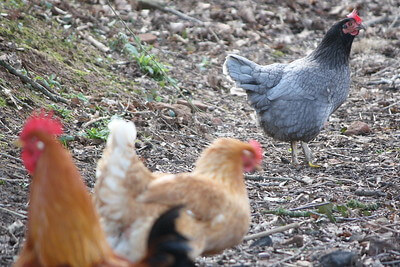
The Famous Dark Eggs of Marans: Dark Brown Eggs
The eggs of Blue Copper Marans chickens are one of the breed’s most sought-after features. It is known for its dark brown eggs or a chocolatey-colored shell. Blue and Black Copper Marans have the darkest eggs, and people call Marans a ‘chocolate egger’ breed.
Hens lay nice dark eggs. The color of its dark eggs is due to a pigment called porphyrin. Porphyrin is found in the chicken’s diet and accumulates in the egg’s shell.
The amount of porphyrin in a chicken’s diet affects the Marans egg color. Maran chickens typically eat a diet high in porphyrin, which results in dark brown egg color.
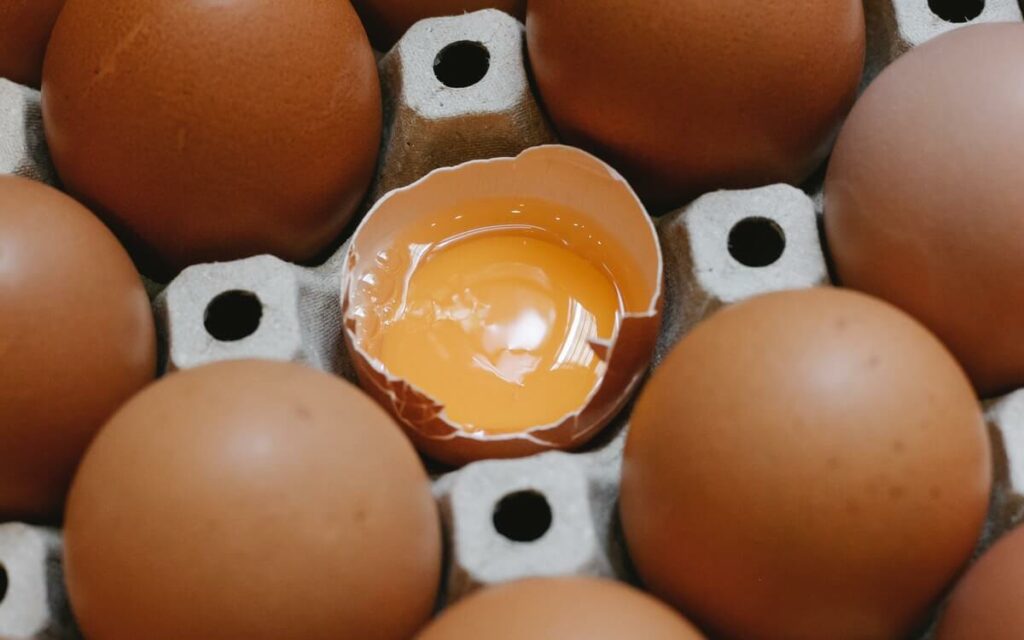
Furthermore, studies have shown that the flavor of blue copper Marans eggs is affected by the pigments in the egg’s shell.
Dark Eggs with darker shells tend to have a more intense flavor than those with lighter shells. Black Copper Marans eggs are said to have a rich, chocolatey flavor.
Overall, a Blue Copper Marans Marans an excellent egg layer, with most hens laying between 150-200 per year.
Caring for the Blue Copper Maran
A chicken’s diet is not as simple to manage and stay healthy. To ensure that they lay eggs, chickens need a well-balanced eating plan with all the necessary nutrients for growth which can be challenging in some cases because their needs differ from other animals.
A chicken’s diet consists mostly of plants and seeds. The chicken will consume insects, small lizards, or baby mice if they can find them. A diet lacking in protein can stunt a chicken’s growth and make them more susceptible to illness.
Chickens need access to fresh water at all times. A chicken will drink about a quart of water per day. If the water is dirty or contaminated, the chicken can become ill. This makes it imperative to have the best chicken watering system available in 2022.
They also need grit, which helps them grind food in their gizzards. Grit can be found in sand, dirt, and small rocks. Chickens usually consume grit on their own, but you can also provide it to them in a dish.
Chickens are susceptible to several health problems. Some of these health problems can be prevented with proper care, while others are unavoidable.
The Future of Marans Chickens
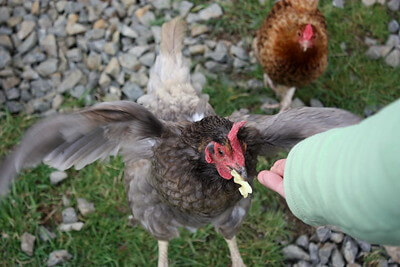
The Blue Copper Marans chicken is currently listed as an endangered breed by the American Livestock Conservancy. The breed also happens to be rare in its native France.
You can help save the blue copper Marans chicken by purchasing hatching eggs or chickens from a reputable breeder. You can also help preserve the breed by breeding blue copper Marans chickens yourself. By doing this, you can help to ensure that this rare breed does not go extinct.
If we talk about the life expectancy of this breed, blue copper marans chickens can live 5 to 8 years. If you take good care of your birds, this period may last longer or shorter, depending on how well you handle them.
Compared with laying hens in which eggs are produced, males are more likely to live a shorter life expectancy as they will be slaughtered within a short time.
Interesting Facts about the Marans Breed
Some Marans hens lay very dark eggs, but most don’t.
Egg production can decline in the winter. Not all varieties have the same color of eggs, and some may lay fewer eggs than others.
Your Marans hens will lay lighter eggs over time.
The reason for this is due to the depletion of porphyrins in their system, which is perfectly normal.
Marans chickens provide flavorful meat.
While the main purpose of Maran chickens is to lay eggs, they can also provide flavorful meat. The blue copper variety is considered one of the best-tasting chicken meats. Because of its medium to large size, this breed is able to give you a substantial amount of meat to eat.
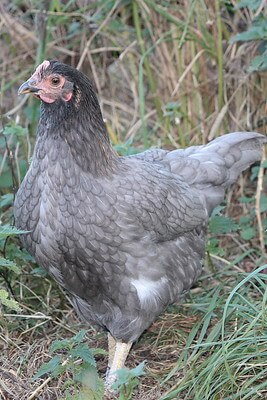
Marans are prone to frostbite on their combs.
Due to their large combs, Marans chickens are prone to frostbite. To prevent this, make sure to provide them with a warm, dry place to sleep at night.
Are Blue Marans rare?
There are very few Blue Marans worldwide, especially in the USA. This chicken breed is extremely rare and endangered.
Are Blue Marans friendly?
It is a very friendly bird in both cages and ranges and gets along well with different mixed breeds. Backyards and barns can both benefit from it.
Are Copper Marans good layers?
In general, the Maran is just a standard layer, but it is of remarkable quality. Hens can produce about three eggs per week or 150-200 eggs yearly. Despite being a good setter, this female hen broods a bit.
Marans chickens are prone to frostbite on their combs.
Due to their large combs, copper Marans chickens are prone to frostbite. To prevent this, make sure to provide them with a warm, dry place to sleep at night.
Conclusion
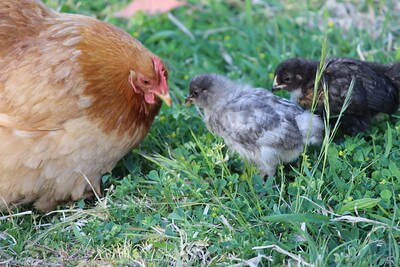
The blue copper Marans is a great backyard chicken for anyone looking for a breed that lays dark brown eggs. These chickens are also relatively calm and make good backyard pets. However, blue copper Marans are currently endangered, so it is important to purchase hatching eggs or chickens from a reputable breeder to help preserve the breed.
The blue copper Marans is the chicken for you if you want a chocolate egger that is sure to lay dark brown eggs. Thanks for reading!

